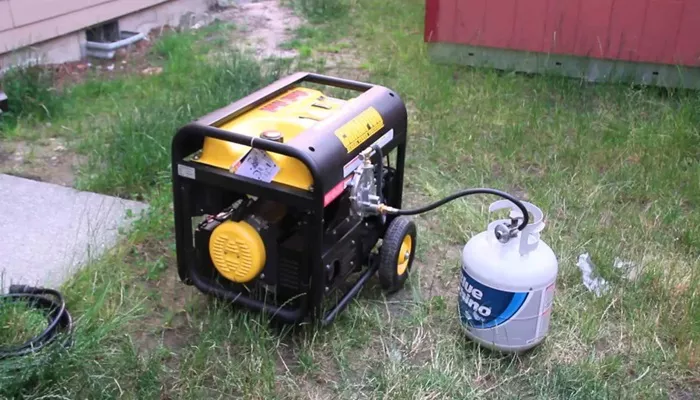Unlike traditional gas generators, solar generators use sunlight to charge batteries, which then power your appliances. They require no fuel, produce no emissions, and are low-maintenance. In this guide, we’ll explore the best solar generators for home backup, how they work, and what to consider before buying one.
How Does a Solar Generator Work?
A solar generator consists of four main components:
Solar Panels : Capture sunlight and convert it into electricity (DC power).
Charge Controller : Regulates the voltage from the solar panels to prevent battery damage.
Battery Storage : Stores the converted energy (usually lithium-ion or lead-acid).
Inverter : Converts DC power into AC power for household appliances.
When sunlight hits the solar panels, electricity flows to the charge controller, which safely charges the battery. The inverter then converts the stored DC power into usable AC power for devices like refrigerators, lights, and phones.
Key Features to Look for in a Solar Generator
Battery Capacity (Watt-Hours, Wh)
Battery capacity determines how long the generator can power your devices. For home backup, look for at least 1,000Wh to run essentials for several hours.
Power Output (Watts, W)
This indicates how much power the generator can supply at once. A 1,500W inverter can handle most home appliances, but high-power devices like air conditioners may require 3,000W or more.
Battery Type
Lithium-Ion (LiFePO4) : Lightweight, long lifespan (3,000+ cycles), and efficient.
Lead-Acid: Cheaper but heavier and shorter lifespan (500 cycles).
Solar Input & Charging Speed
A higher solar input (e.g., 500W) means faster recharging. Some generators also support dual charging (solar + AC wall outlet).
Expandability
Some systems allow extra batteries or solar panels for more capacity.
Best Solar Generators for Home Backup in 2024
Bluetti EP500 – Best for Whole-Home Backup
Capacity: 5,100Wh
Output: 2,000W (4,000W surge)
Battery: LiFePO4 (3,500+ cycles)
Solar Input: 2,400W max
Pros: Huge capacity, strong output, expandable.
Cons: Expensive, heavy (176 lbs).
EcoFlow Delta Pro – Best for High Power Needs
Capacity: 3,600Wh (expandable to 25kWh)
Output: 3,600W (7,200W surge)
Battery: LiFePO4 (6,500 cycles)
Solar Input: 1,600W
Pros: Ultra-fast charging, smart app control.
Cons: High cost, bulky.
Jackery Explorer 3000 Pro – Best for Portability
Capacity: 3,024Wh
Output: 3,000W (6,000W surge)
Battery: LiFePO4 (3,000+ cycles)
Solar Input: 1,400W
Pros: Lightweight (63 lbs), quiet, reliable.
Cons: Limited expansion options.
Goal Zero Yeti 6000X – Best for Off-Grid Living
Capacity: 6,071Wh
Output: 2,000W (3,500W surge)
Battery: Lithium (NMC)
Solar Input: 600W
Pros: Massive capacity, durable.
Cons: Slow solar charging, expensive.
How to Choose the Right Solar Generator for Your Home
Calculate Your Power Needs : Add up the wattage of essential appliances (fridge, lights, medical devices).
Check Runtime : Divide battery capacity by total wattage to estimate backup time.
Consider Solar Recharge Time : Larger generators may take longer to recharge with solar alone.
Look for Safety Features : Overload protection, temperature control, and pure sine wave inverters.
Conclusion
A solar generator is a smart investment for home backup power. Whether you need a small unit for emergencies or a large system for off-grid living, there’s a solar generator that fits your needs. The Bluetti EP500 and EcoFlow Delta Pro are top choices for whole-home backup, while the Jackery 3000 Pro offers a great balance of power and portability.
Before buying, assess your energy requirements, battery type preferences, and budget. With the right solar generator, you can enjoy reliable, clean energy during any power outage. Would you like recommendations based on a specific budget or power requirement? Let us know in the comments!

